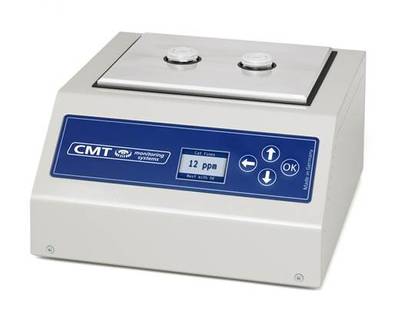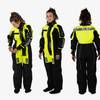Horror stories frequently circle the maritime industry portraying tales of onboard damages induced by catalytic fines, or cat fines, used in oil processing.
All cat fines that remain in fuel oil after centrifugal separation have the potential to cause abrasive wear and damage to the engine. Studies of high cylinder and piston ring wear cases show that cat fines particles embedded in the liner surface cause nearly 90 percent of the wear, leading some engine manufacturers to limit the maximum allowance of cat fines entering the engine during the combustion process to 10-15 ppm and below. The maximum permitted under ISO 8217:2012 is 60 ppm.
Cat fines, usually aluminum and silicon compounds, are small but heavy particles that settle at the sump of the tank where they accumulate over time. This process is assisted by heat and vibration aboard ships. In harsh weather, cat fines are churned up from the sediments and can result in very high cat fine values. Some vessel operators have even reported cat fine levels of several hundred ppm and more.
Still, questions remain as to the best methods to protect engines from this potentially irreparable damage.
Extra cleaning is required to help cope with high cat fine levels, but to arrange this it is important to know the content. It is useful, and potentially damage preventing, to measure the amount of cat fines that can be cleaned out by the separator and the amount that enter the engine after storage in the day tank.
For this task, CM Technologies GmbH (CMT) has developed the OTK-CT-11218 Cat Fines Test Kit, which can be used to test all critical locations on board, enabling users to determine content of cat fines, evaluate the effectiveness of the separator, and determine the content of the catalyst before injection, therefore helping to better control potential engine wear and malfunction.
According to CMT, its system’s advantages include:
- Electronic measurement and evaluation, with no room for human error due to visual interpretation
- Accuracy (+/- 2 ppm)
- Test within the required Cat Fines limit of 10 ppm before engine
- Quick testing times for an on the spot result (5 min)
- Useable for bunker fuel deliveries, before and after the separator and before engine
- Check the separators performance
















